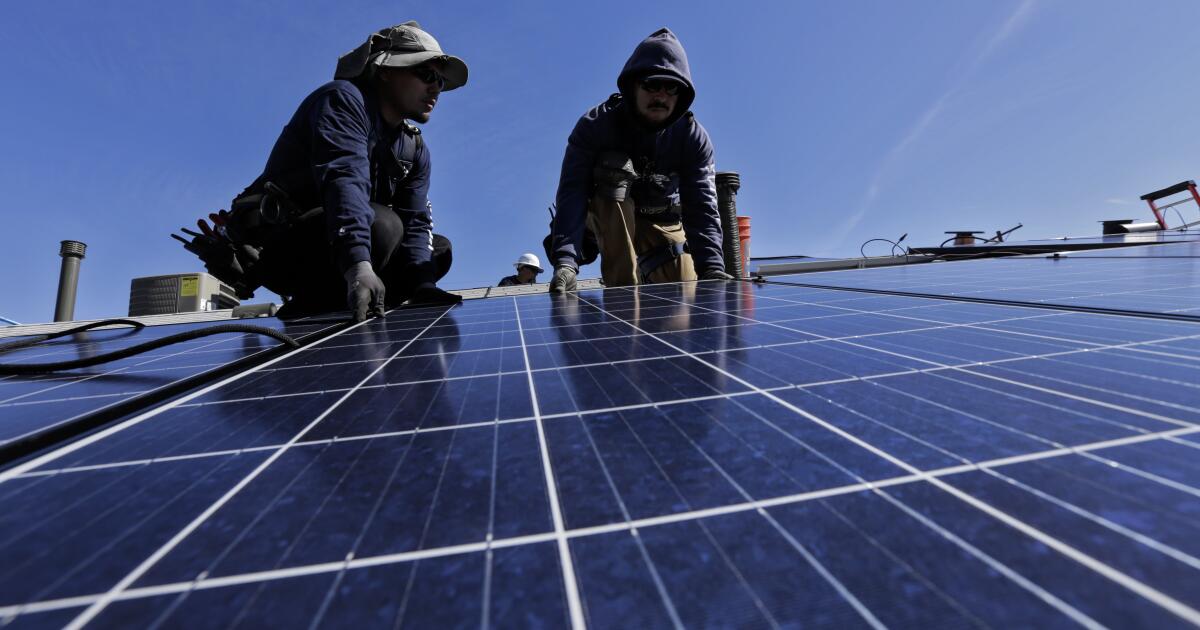Today's NPR "On Point" was about this issue. Both experts seemed to agree that the way utilities charge has to be restructured.
I was disappointed that despite having an hour to yak about this, and on public radio no less, no one pointed out that a system that pays for "the grid" based on a per unit cost for "energy" as to which only 20%$ is for the actual "energy" simply cannot withstand any large level decrease in usage.
And since rooftop solar is one of the most effective ways to decrease usage, well, its in the cross-hairs.
There was a lot of hand wringing about what to do. One guy said just pay for "the grid" some other way then through energy pricing, but it was not really explained that well.
You shoulda called in.
To join the conversation on the air, call On Point at 1-800-423-8255






